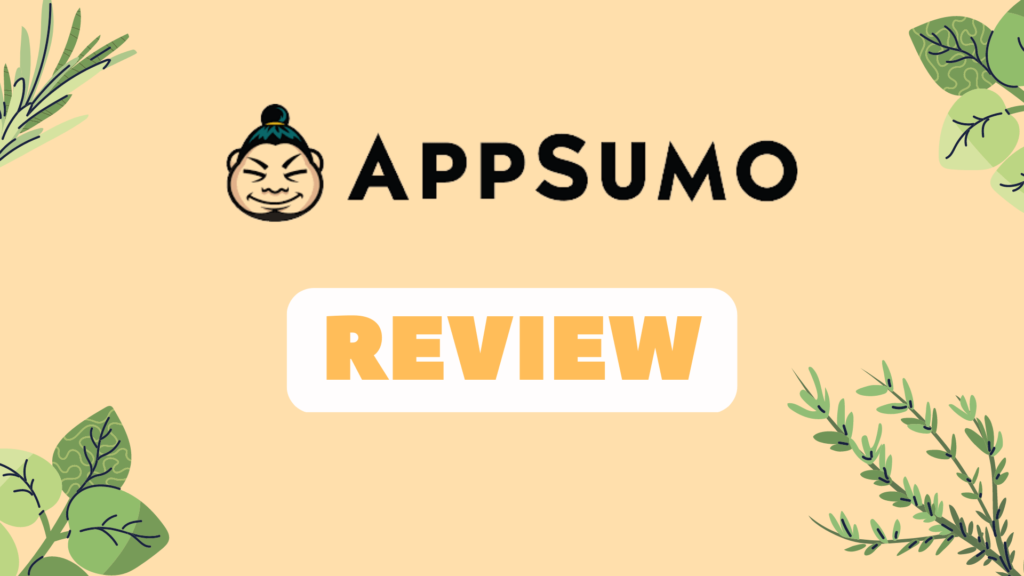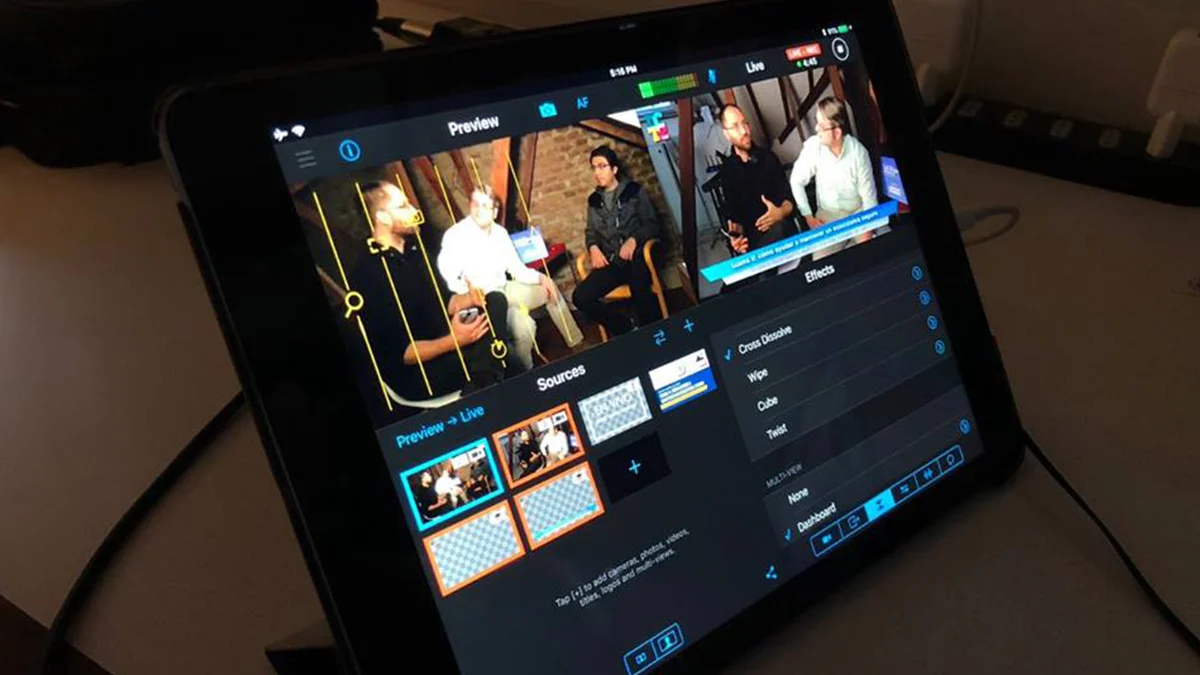

Table of Contents
- What Is Glide?
- How Does Glide Work?
- Glide Features
- Glide Pricing
- Who Is Glide For?
- Alternatives To Glide
- FAQs
- Is Glide suitable for building complex or advanced mobile apps?
- Can I publish Glide apps on app stores like Google Play Store or Apple App Store?
- Is coding required to use Glide?
- Can I customize the design and branding of my Glide app?
- What type of support and documentation does Glide offer?
- Can I export my data from Glide to other platforms?
What Is Glide?
Glide is a mobile app development platform that allows users to create and customize mobile apps without the need for extensive coding or programming knowledge. It provides a visual interface where users can design and build functional apps by arranging pre-built components and defining their behavior.
Glide primarily focuses on creating apps that work with Google Sheets as a backend database. Users can connect their Google Sheets to Glide and use the data stored in the sheets to power their apps. This makes it easy to create apps for tasks such as data collection, inventory management, event tracking, and more.
With Glide, users can design the user interface of their app, define data relationships, add actions and interactions, and publish the app for others to use. Glide supports various customization options, including the ability to add forms, buttons, lists, images, maps, and other elements to the app’s interface.
The platform is designed to simplify the app development process and make it accessible to a wider range of users. By leveraging the power of Google Sheets and providing a user-friendly interface, Glide allows individuals and small businesses to create functional and interactive mobile apps without the need for advanced programming skills.
How Does Glide Work?
Glide works by providing a visual development interface that allows users to create mobile apps without writing code. Here’s a step-by-step overview of how Glide works:
- Data Source: Glide primarily integrates with Google Sheets as the data source for your app. You start by creating a Google Sheet or connecting to an existing one. Each sheet in the Google Sheet represents a table in your app’s database.
- Design: Once you have your data source set up, you can begin designing the user interface of your app. Glide offers a visual editor where you can customize the layout, colors, fonts, and other design elements of your app. You can add components like forms, buttons, lists, images, maps, and more to create the desired functionality.
- Data Binding: After designing the interface, you need to bind the components to the data in your Google Sheets. This involves specifying which columns in the sheet correspond to each component in the app. For example, you might connect a list component to a specific column in the sheet to display a list of items.
- Actions and Interactions: Glide allows you to define actions and interactions within your app. You can specify what happens when a user interacts with a particular component. For instance, you can define actions such as submitting a form, navigating to another screen, filtering data, or performing calculations based on user input.
- Preview and Testing: As you build your app, you can preview it in real-time to see how it looks and behaves on a mobile device. Glide provides a preview mode that allows you to test the functionality and make adjustments as needed.
- Publishing: Once you are satisfied with your app, you can publish it and make it available for others to use. Glide offers different publishing options, including generating a web app URL or creating a custom domain for your app. Users can access the published app on their mobile devices through a web browser.
- App Maintenance: After publishing, you can continue to update and maintain your app by modifying the Google Sheet and making changes to the app’s design and functionality in Glide. Any changes you make to the sheet will reflect in the app automatically.
By following this process, Glide enables users to create mobile apps quickly and easily, leveraging the power of Google Sheets as a backend database and offering a visual development environment for customization and configuration.
Glide Features
Glide offers several features that make it a popular choice for mobile app development. Here are some key features of Glide:
- Visual App Builder: Glide provides a visual interface that allows users to build apps by arranging pre-built components and defining their behavior. Users can design the app’s user interface, customize the layout, add components, and configure interactions without the need for coding.
- Google Sheets Integration: Glide integrates seamlessly with Google Sheets, allowing users to use their sheets as a backend database for their apps. Users can connect their Google Sheets to Glide and leverage the data stored in the sheets to power their app’s functionality.
- Real-time Data Sync: Any changes made to the connected Google Sheets are automatically synced with the app in real-time. This means that users can update their app’s data by modifying the corresponding Google Sheet, and the app will reflect those changes without requiring manual syncing.
- Data Relationships and Filtering: Glide enables users to establish relationships between different tables in the Google Sheet. This allows for creating data relationships and performing advanced queries across multiple tables. Users can also apply filters to display specific data based on conditions.
- Actions and Interactions: Glide allows users to define actions and interactions within the app. Users can configure what happens when a user interacts with a component, such as submitting a form, navigating to another screen, or performing calculations based on user input.
- Forms and User Input: Glide provides the ability to create forms where users can input data. Users can define form fields, specify validation rules, and capture user input for data collection purposes.
- User Authentication and Access Control: Glide offers user authentication features, allowing users to control access to their apps. Users can require users to sign in with their Google accounts or other authentication methods, granting access only to authorized users.
- Customization Options: Glide provides various customization options to personalize the app’s appearance and behavior. Users can customize the design, colors, fonts, and layout to match their brand or desired look and feel.
- Offline Access and PWA Support: Glide apps have built-in offline capabilities, enabling users to access and use the app even without an internet connection. Glide also supports Progressive Web App (PWA) technology, allowing users to install the app on their devices for a native-like experience.
- App Publishing: Once the app is built, users can publish it and share it with others. Glide offers options to generate a web app URL or create a custom domain for the app, making it accessible to users on their mobile devices.
These features make Glide a powerful and user-friendly platform for creating mobile apps without extensive coding knowledge, leveraging the simplicity of Google Sheets as a backend database.
Glide Pricing
Glide offers both free and paid pricing plans. Here is an overview of their pricing:
- Free Plan: Glide offers a free plan that allows users to create and publish basic apps. With the free plan, you can build apps with limited functionality, use up to 500 rows of data in your Google Sheets, and have a Glide branding in your app. The free plan is a good option for individuals or small projects with basic needs.
- Pro Plan: Glide’s Pro plan is their paid subscription offering. It provides additional features and capabilities for more advanced app development. The Pro plan includes unlimited rows of data, removes Glide branding from your app, and unlocks premium features such as custom domains, user authentication, and access to advanced components and templates.
Pricing details and features may have changed since my last update, and Glide may have introduced new plans or made updates to their pricing structure. I recommend visiting the Glide website or contacting their customer support directly for the most up-to-date and accurate information regarding their pricing options and features.
Who Is Glide For?
Glide is designed to cater to a wide range of users, including individuals, small businesses, entrepreneurs, and organizations. Here are a few groups of people who can benefit from using Glide:
- Non-technical Users: Glide is an ideal platform for individuals or businesses without extensive coding or programming knowledge. It allows non-technical users to create mobile apps without writing code, making it accessible to a broader audience.
- Small Businesses and Startups: Glide offers a cost-effective solution for small businesses and startups that need to build custom mobile apps to streamline their processes, manage data, or engage with their customers. It allows them to create functional apps quickly and efficiently without the need to hire dedicated app developers.
- Data Management and Collection: Glide is well-suited for tasks that involve data management and collection. Whether it’s tracking inventory, managing customer information, conducting surveys, or collecting field data, Glide enables users to create apps that leverage the power of Google Sheets as a backend database.
- Educators and Students: Glide can be a valuable tool for educators and students who want to create interactive educational apps, learning tools, or project prototypes. It provides a user-friendly environment for building apps, allowing students to explore app development concepts without extensive coding knowledge.
- Rapid Prototyping: Glide can be used for rapid app prototyping, allowing users to quickly test and iterate on their app ideas. It provides a visual interface where users can rapidly create and modify app designs, test interactions, and gather feedback before investing in full-scale development.
- Collaborative App Development: Glide supports collaborative app development, enabling teams to work together on building and maintaining apps. Multiple users can contribute to the design, data management, and functionality of an app, making it a suitable choice for team projects or organizations.
- Custom App Solutions: Glide is beneficial for those who require custom app solutions tailored to their specific needs. By providing a platform to design and build apps, Glide allows users to create apps that meet their unique requirements, rather than relying on pre-built or generic applications.
Glide aims to democratize mobile app development by providing a platform that empowers users with limited technical skills to create functional and customized apps. It serves a broad range of users, from individuals with personal projects to small businesses and organizations in need of tailored mobile solutions.
Alternatives To Glide
While Glide is a popular platform for creating mobile apps without coding, there are several alternatives available that offer similar functionality. Here are a few alternatives to Glide:
- Adalo: Adalo is a no-code platform that allows users to build mobile and web apps. It offers a visual interface for designing the app’s user interface and provides a wide range of components and actions for creating interactive apps. Adalo supports integrations with various databases and offers features like user authentication, data relationships, and custom actions.
- Thunkable: Thunkable is a drag-and-drop app builder that enables users to create mobile apps for both iOS and Android platforms. It offers a visual interface and a wide selection of pre-built components and actions. Thunkable supports integration with various data sources, including Google Sheets, Firebase, and Airtable. It also provides features like user authentication, GPS location services, and push notifications.
- Bubble: Bubble is a visual web development platform that allows users to build web apps without coding. While it focuses on web apps rather than mobile apps, Bubble offers extensive customization options and a powerful visual editor for designing app interfaces. It supports database integrations, user authentication, and complex workflows through its visual programming interface.
- AppSheet: AppSheet, acquired by Google, is a no-code platform for building mobile apps that integrate with Google Sheets, Excel, and other data sources. It offers a visual editor for designing app interfaces and provides a range of pre-built templates and components. AppSheet supports features like user authentication, data relationships, workflow automation, and offline capabilities.
- Power Apps: Power Apps is a low-code development platform offered by Microsoft. It allows users to build custom mobile and web apps using a visual interface. Power Apps offers extensive integration capabilities with various Microsoft services and data sources. It supports features like data binding, workflow automation, and user authentication.
These alternatives provide similar functionalities to Glide, enabling users to create mobile apps without extensive coding knowledge. Each platform has its own set of features, pricing structures, and integrations, so it’s important to evaluate them based on your specific needs and requirements.
FAQs
Is Glide suitable for building complex or advanced mobile apps?
While Glide offers a robust set of features, it is primarily designed for creating relatively simple to moderate complexity apps. If you require highly complex functionality or advanced customization, you may need to consider traditional app development approaches or more advanced app development platforms.
Can I publish Glide apps on app stores like Google Play Store or Apple App Store?
Glide does not provide direct integration with app stores. However, you can publish your Glide app as a Progressive Web App (PWA) or distribute it as a web app URL. Users can access your app on their mobile devices through a web browser, similar to native apps.
Is coding required to use Glide?
No, Glide is a no-code platform, meaning you can create mobile apps without writing code. It provides a visual interface where you can design and configure the app’s components, interactions, and data connections. However, basic familiarity with Google Sheets and data management concepts can be helpful.
Can I customize the design and branding of my Glide app?
Yes, Glide allows customization of the app’s design and branding. You can modify colors, fonts, layouts, and add your logo or branding elements to give the app a personalized look and feel. Some customization options may be limited in the free plan and more extensive in the paid Pro plan.
What type of support and documentation does Glide offer?
Glide provides a range of resources to support users, including documentation, tutorials, and a community forum where users can ask questions and share their experiences. Additionally, Glide offers email support for users on the paid Pro plan.
Can I export my data from Glide to other platforms?
Yes, you can export your data from Google Sheets, which serves as the backend for your Glide app. Google Sheets offers various export options, allowing you to download your data in different formats such as CSV, Excel, or PDF.



